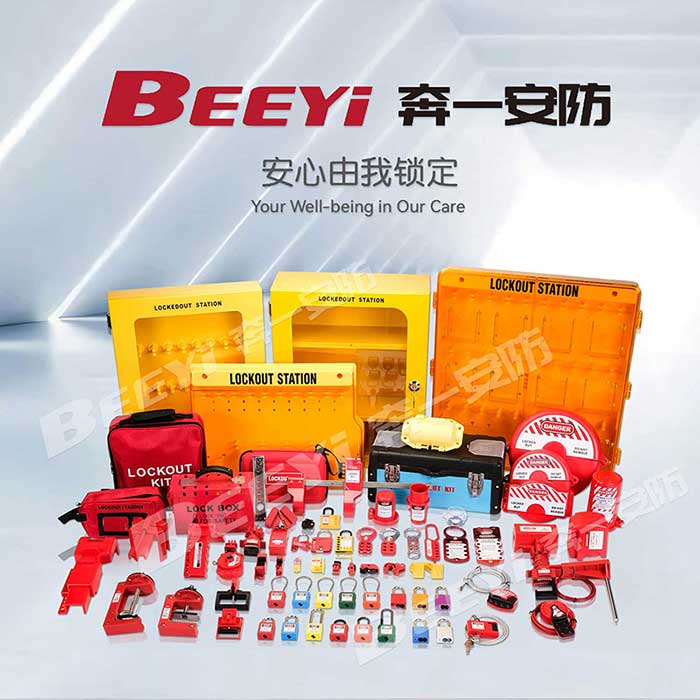In many industrial settings, safety is the top priority, particularly when working with complex systems that involve hazardous materials, high pressures, and large-scale machinery. One of the most crucial aspects of ensuring the safety of workers is implementing proper lockout/tagout (LOTO) procedures to control the release of energy during maintenance or repair operations. A key component in this process is the use of a Valve Lockout Device. This device plays a critical role in preventing accidental valve operation, which can lead to dangerous situations such as chemical spills, fires, or even explosions. In this article, we will explore the importance of valve lockout devices, how they work, and why they are essential in maintaining a safe and efficient industrial environment.

What is a Valve Lockout Device? A valve lockout device is a safety tool designed to prevent the accidental operation of valves during maintenance or repair activities. These devices are typically installed over the valve’s handle or mechanism to ensure that it cannot be turned or opened, even if someone tries to manually override it. By locking the valve in a specific position, such as “off” or “closed,” the device ensures that workers can carry out their tasks without the risk of unintended valve operation. Valve lockout devices come in a variety of types, including models for ball valves, gate valves, butterfly valves, and other common valve types used in industrial operations. They are often made from durable materials such as high-strength plastic, metal, or a combination of both, depending on the application’s requirements. Some devices are designed for single-use, while others can be reused multiple times, making them a versatile tool for a wide range of industries.